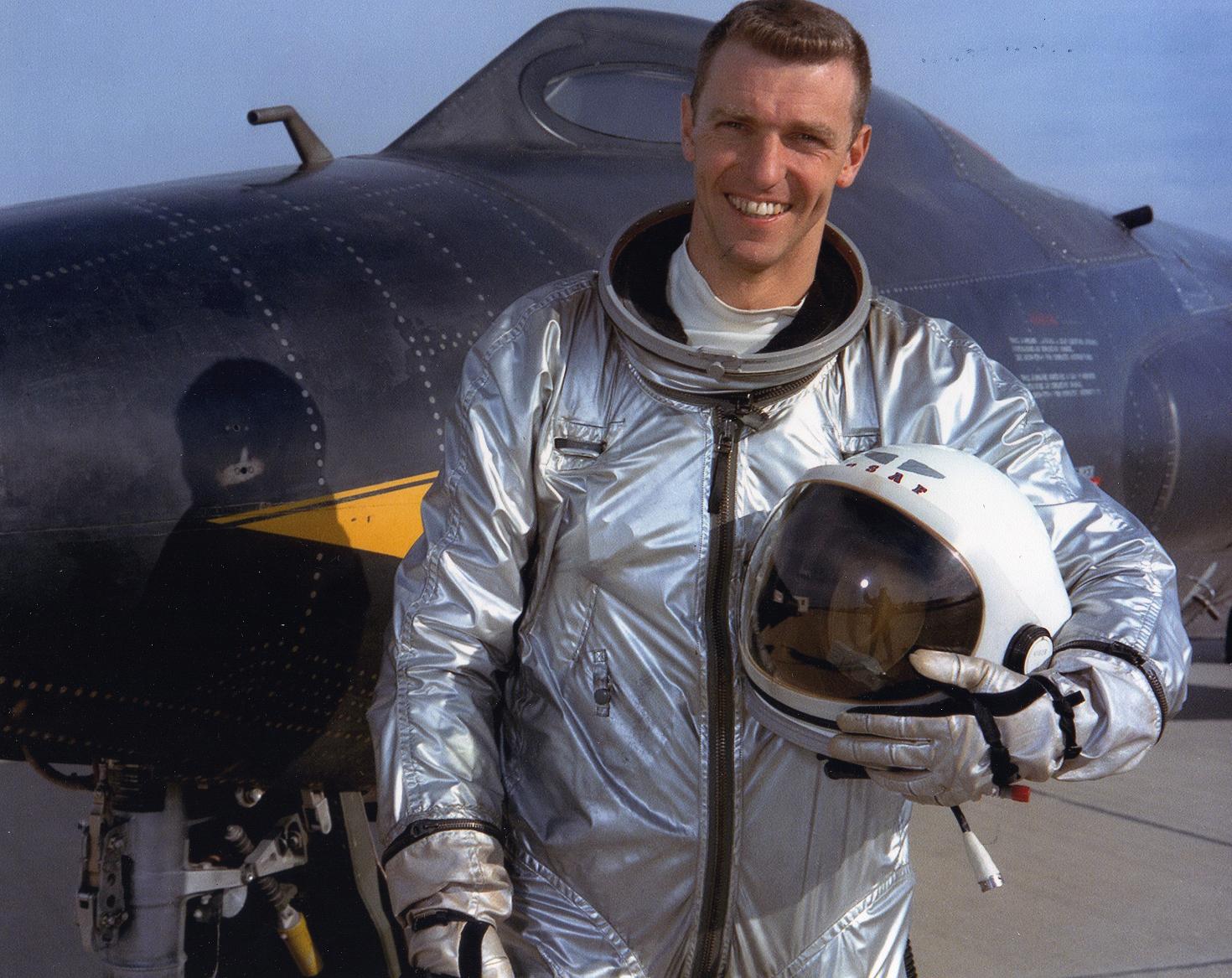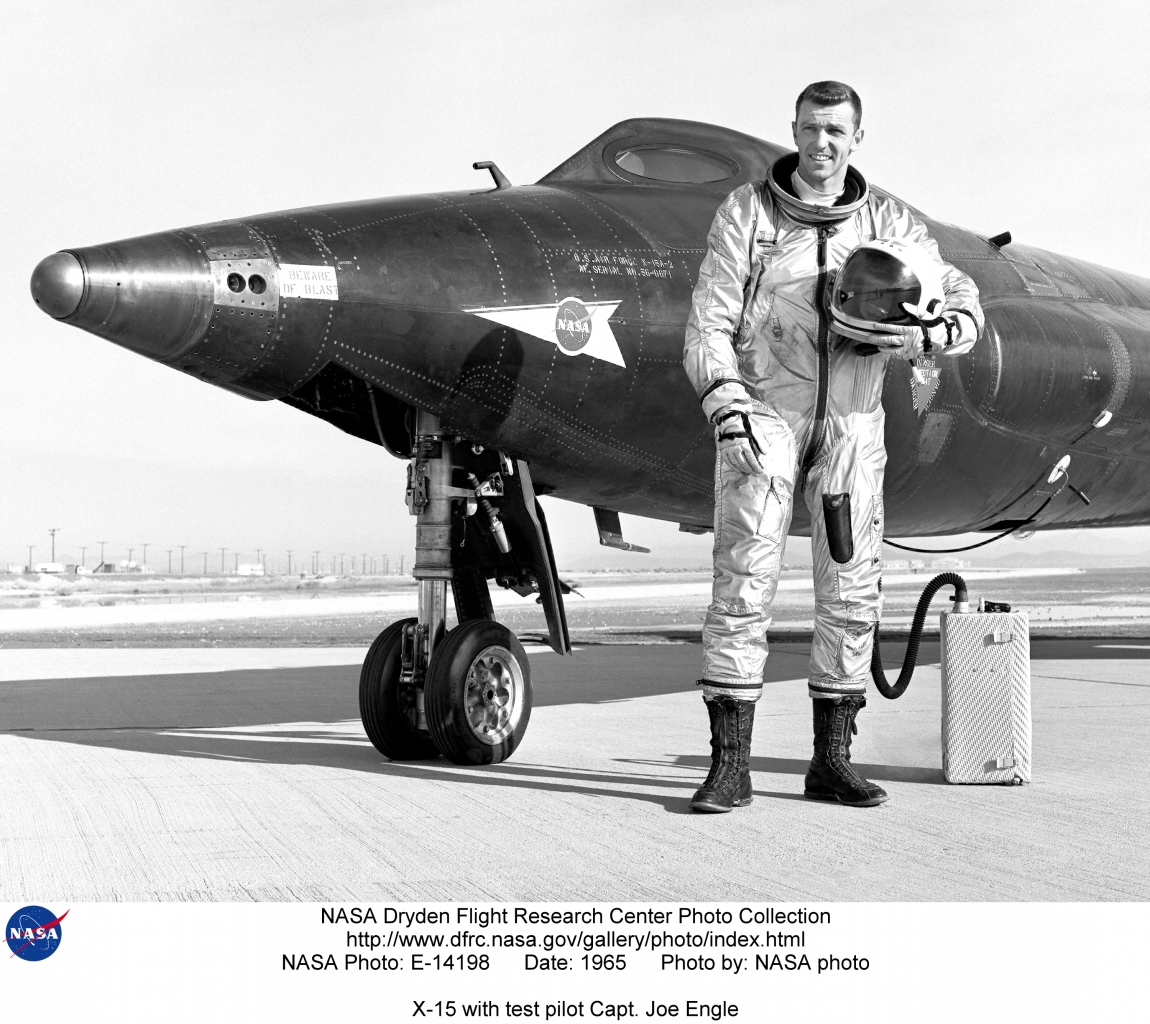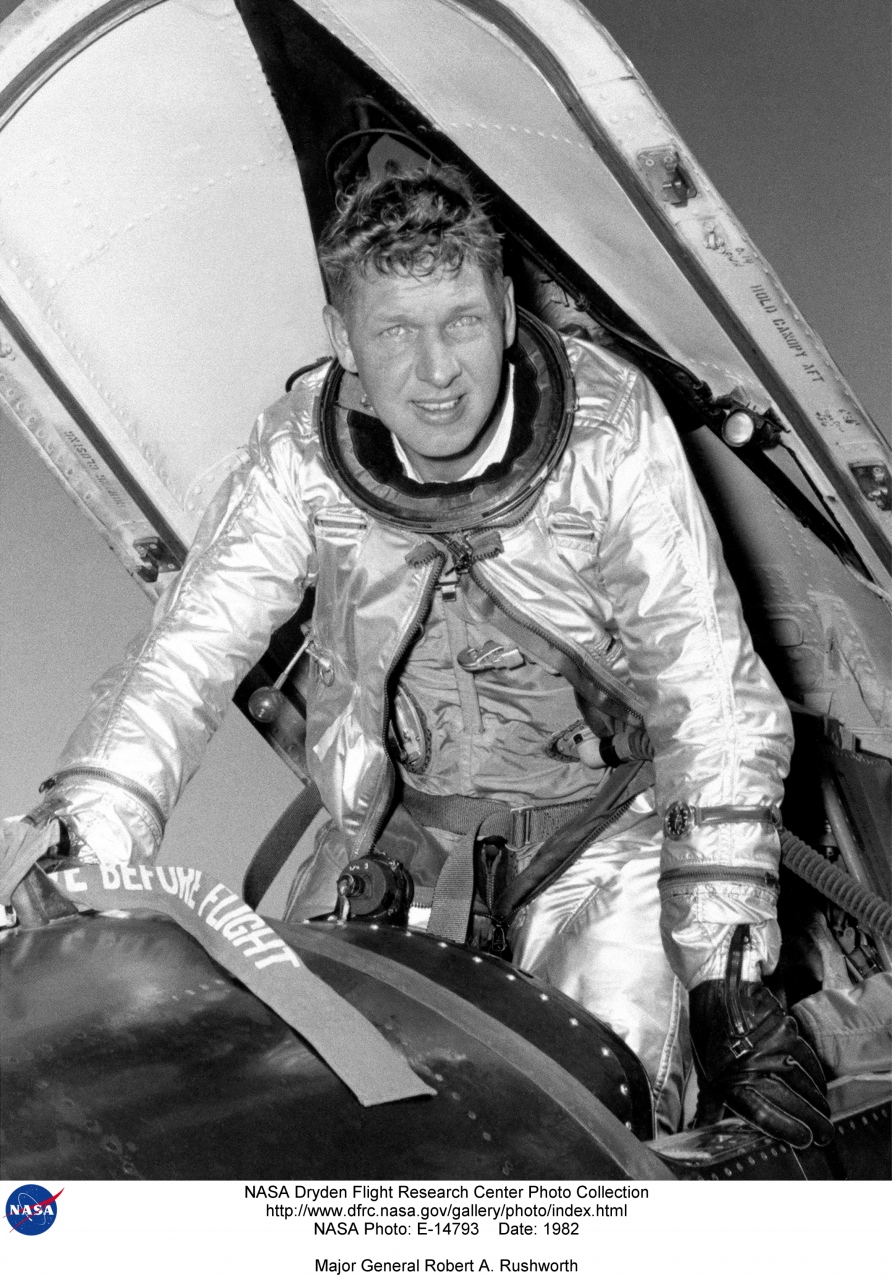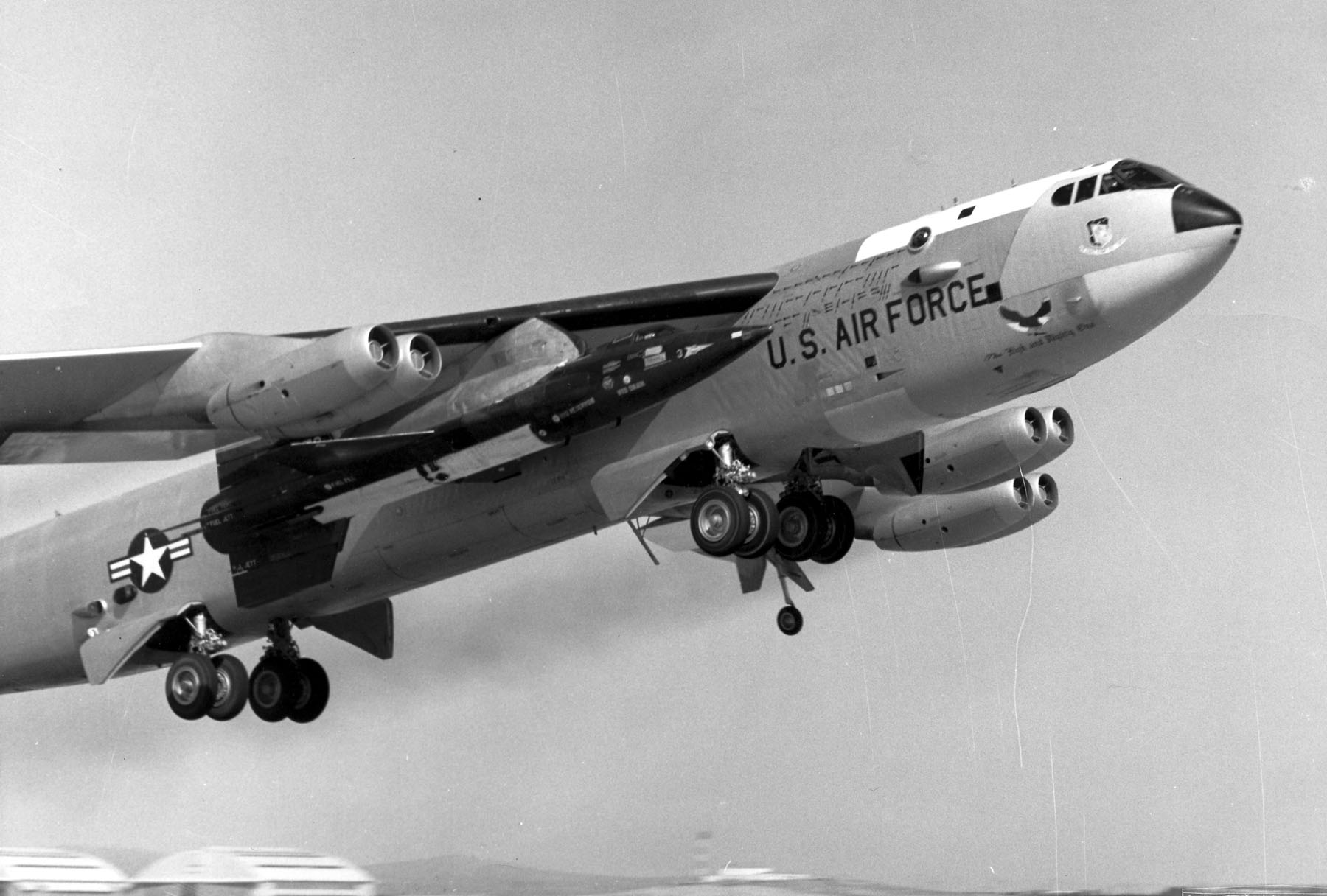
17 July 1962: At 9:31:10.0 a.m., the Number 3 North American Aviation X-15, 56-6672, was airdropped from a Boeing NB-52A Stratofortress, 52-003, over Delamar Dry Lake, Nevada. Air Force project test pilot Major Robert M. (“Bob”) White was in the cockpit. This was the 62nd flight of the X-15 Program, and Bob White was making his 15th flight in an X-15 hypersonic research rocketplane. The purpose of this flight was to verify the performance of the Honeywell MH-96 flight control system which had been installed in the Number 3 ship. Just one minute before drop, the MH-96 failed, but White reset his circuit breakers and it came back on line.
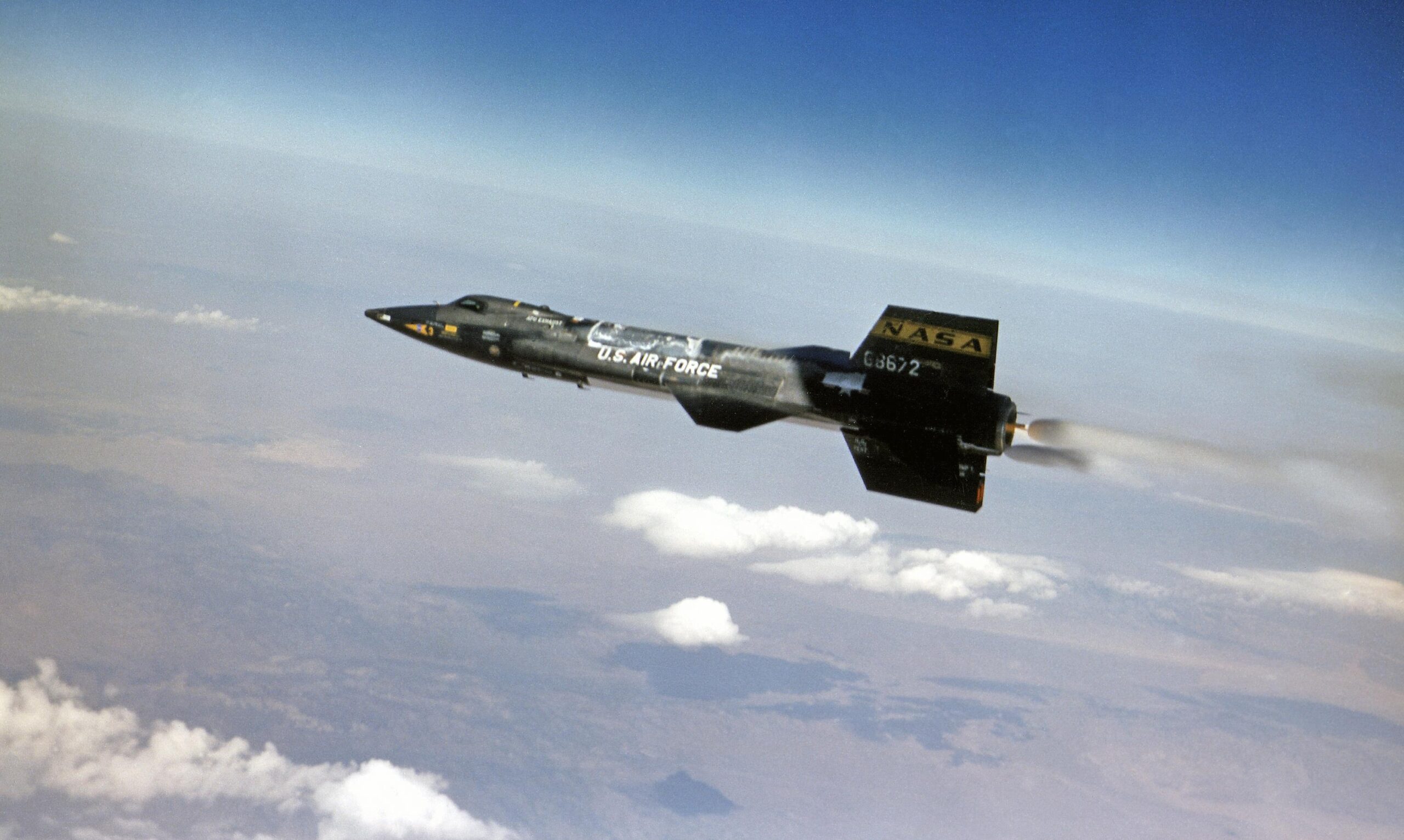
After dropping from the B-52’s wing, White fired the X-15’s Reaction Motors XLR-99 rocket engine and began to accelerate and climb. The planned burn time for the 57,000-pound-thrust engine was 80.0 seconds. It shut down 2 seconds late, driving the X-15 well beyond the planned peak altitude for this flight. Instead of reaching 280,000 feet (85,344 meters), Robert White reached 314,750 feet (95,936 meters). This was an altitude gain of 82,190 meters (269,652 feet), which was a new Fédération Aéronautique Internationale (FAI) World Record for Altitude Gain, Aeroplane Launched from a Carrier Aircraft.¹ (The B-52 typically launched the X-15 from an altitude of about 45,000 feet (13,716 meters.) The rocketplane reached Mach 5.45, 3,832 miles per hour (6,167 kilometers per hour).
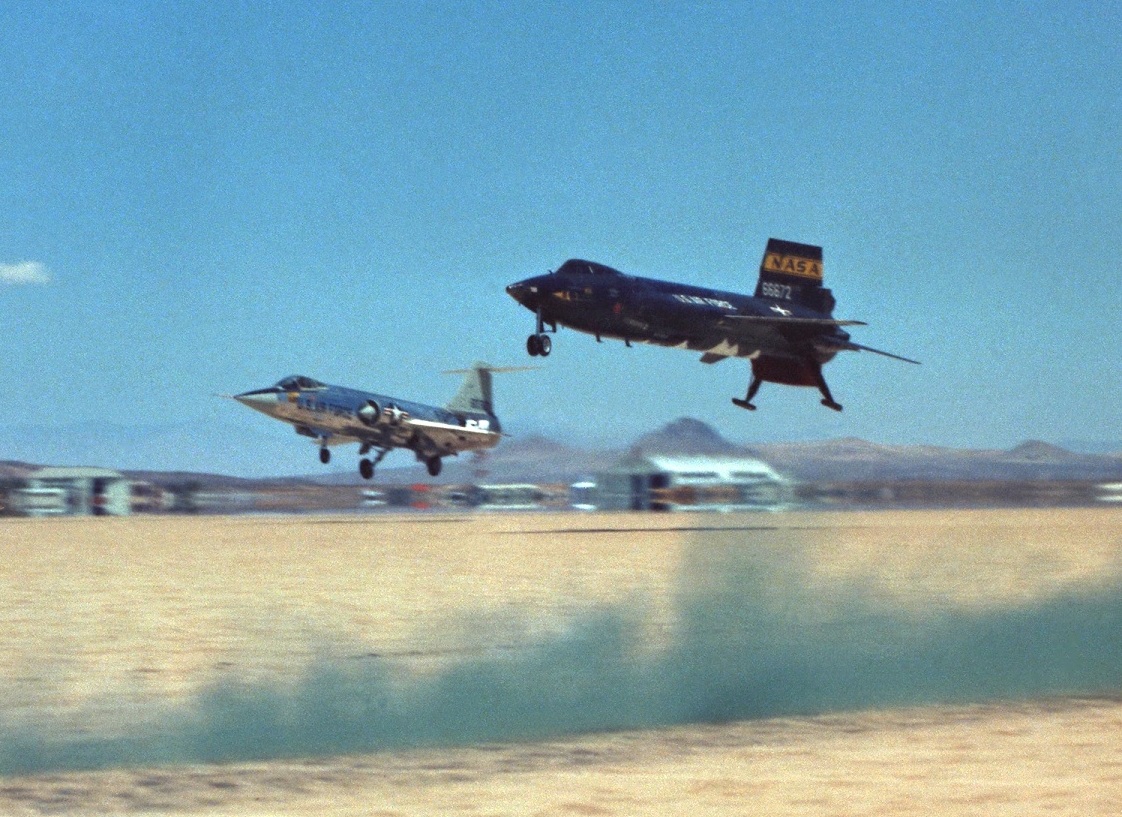
This was the first time that a manned aircraft had gone higher than 300,000 feet (91,440 meters). It was also the first flight above 50 miles. For that achievement, Bob White became the first X-15 pilot to be awarded U.S. Air Force astronaut wings.
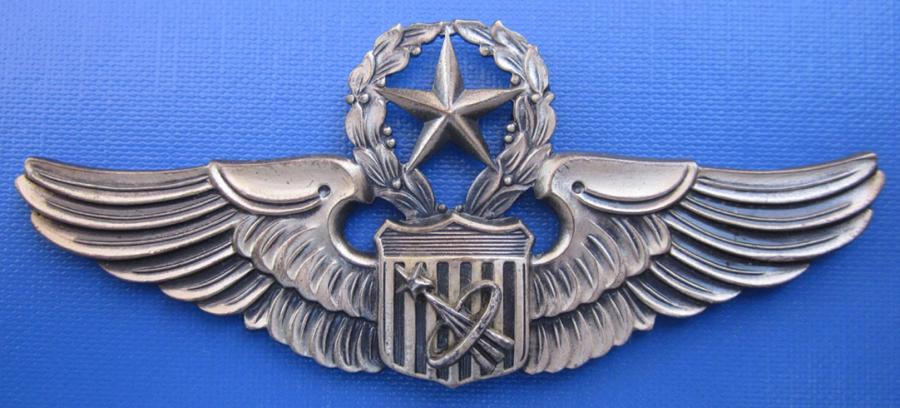
Major White had been the first pilot to fly faster than Mach 4, Mach 5 and Mach 6. He was the first to fly over 200,000 feet, then over 300,000 feet. He was a graduate of the Air Force Experimental Test Pilot School and flew tests of many aircraft at Edwards before entering the X-15 program. He made at total of sixteen X-15 flights.
A P-51 Mustang fighter pilot with the 355th Fighter Group in World War II, he was shot down by ground fire on his fifty-third combat mission, 23 February 1945, and captured. He was held as a prisoner of war until the war in Europe came to an end in April 1945.
After the war, White accepted a reserve commission while he attended college to earn a degree in engineering. He was recalled to active duty during the Korean War, and assigned to a P-51 fighter squadron in South Korea. Later, he commanded the 22nd Tactical Fighter Squadron (flying the Republic F-105 Thunderchief supersonic fighter bomber) based in Germany, and later, the 53rd TFS. During the Vietnam War, Lieutenant Colonel White, as the deputy commander for operations of the 355th Tactical Fighter Wing, flew seventy combat missions over North Vietnam in the F-105D, including leading the attack against the Paul Doumer Bridge at Hanoi, 11 August 1967, for which he was awarded the Air Force Cross.
He next went to Wright-Patterson AFB where he was director of the F-15 Eagle fighter program. In 1970 he returned to Edwards AFB as commander of the Air Force Flight Test Center. White was promoted to Major General in 1975.
General White retired from the U.S. Air Force in 1981. He died 10 March 2010.
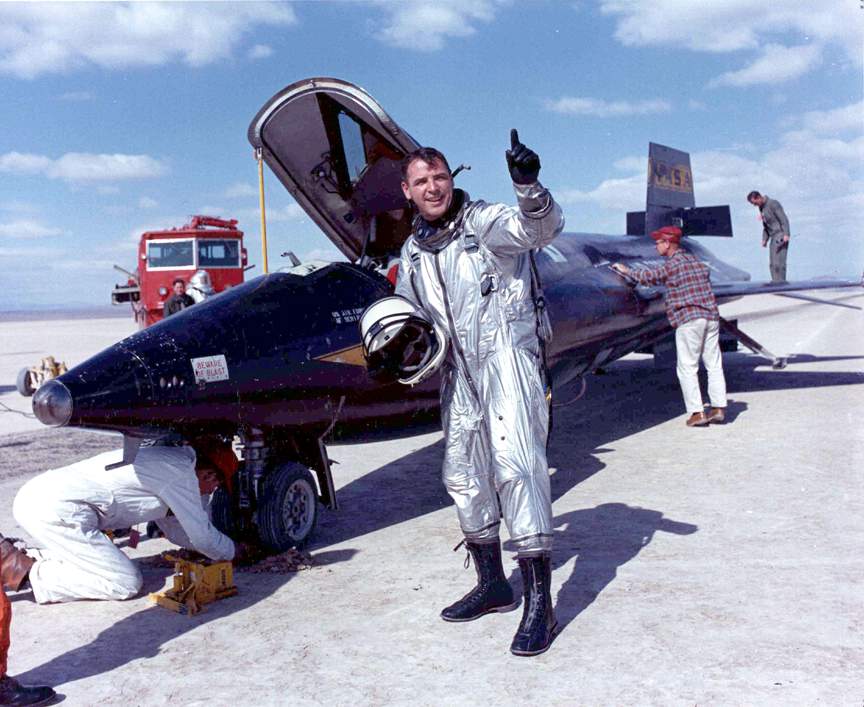
¹ FAI Record File Number 9604
© 2017, Bryan R. Swopes
